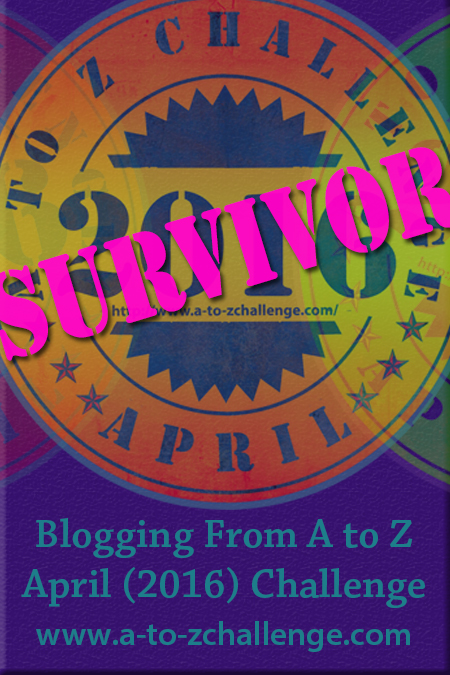It’s Way Back Wednesday, an opportunity to dig through the
files and pull out an old blog post to
shed some new light on it. Over the years, I’ve written several posts about
anchorages we’ve stayed in, including first-hand anchoring information (i.e.
holding, protection, GPS coordinates), historical information and things to do.
To date, I’ve done 26 of these (they can all be found on our Destinations
page) and they’re some of my favourite posts. For the next six months, I’ll be
highlighting one every Wednesday (from south to north) and adding a few new
ones in where I can. This week, it’s a return to the First Nation village
Klemtu in British
Columbia’s Central Coast.
Destination: Klemtu (Swindle Island)
Fuel Dock: 52°35.62’N, 128°31.29’W
Anchorage (Clothes Bay): 52°34.36’N, 128°30.94’W
Disclaimer: This blog article is not to be
used for navigation. It is purely an
account of our personal experience in Klemtu.
Klemtu, a Kitasoo village of approximately 300 residents, is located along
the west side of Finlayson Channel behind Cone Island.
Approaching from the south, the first building you see along Klemtu
Passage is the Spirit Bear Lodge – a modern resort that specializes in tours to
see the Kermode, a subspecies of the
black bear that has a recessive gene which causes their coat to be white or
cream-coloured – making Klemtu a good place to inquire about recent Spirit Bear
activity. Beyond the lodge, sitting prominently
along a point, is the village Big House.
The fuel dock is located at the northern edge of town in front of
the fish processing plant and has approximately 55 metres (180 feet) of linear
dock space, but only the middle section is within reach of the fuel hose. The dock is open to Klemtu Passage and the
wakes from passing boats can stir things up quite a bit if they’re not
considerate and adhere to the “No Wake” limit, so an extra fender or two may be
in order. Diesel is the same price here
as it is at any other Petro Canada dock along the coast and CA$0.20 a litre
less than in Shearwater (if not more). You
can also purchase petrol and propane and fill your tanks with treated
water.
A band store with an ATM is located at the top of the dock just
south of the fish processing plant. The
store is larger than the one in Shearwater but the selection isn’t as good,
especially if you arrive a day or two after the latest shipment. Both the store and fuel
dock are open Monday through Saturday, closing from noon to 1:00 pm for lunch, with limited hours on Sundays. There’s also a pay phone, which was out of
order when we were there last, but the village has excellent cellular
coverage. And there’s a café just inside
the store building to the right.
You
can arrange a tour of the Big House from the local guide, George Robinson. If he isn’t at the fuel dock to greet you, he
can be reached on VHF channel 06, along with the rest of the village residents. In the past, tours were free and donations
were accepted but, according to the 2014 edition of Waggoners, they cost CA$10
per person now – a little pricey, but still worth the time and effort.
The
Big House and all of its contents are constructed from cedar and the
workmanship, from the house pole carvings to the large crossbeams, is
impressive. It was built about 10 years
ago in effort to protect and maintain the Kitasoo culture. Many residents, George included, were raised
without knowing their language because of strict efforts by the Europeans to
“convert” native people and are now finding their way back to their through
songs and dance.
For temporary moorage,
you can tie up to the fuel dock if there’s extra space and they’re not
busy. There’s also a 210-foot concrete dock
in the main bay, south of the processing plant, where you can tie up but
chances are the float will be full with local fishing boats. At one time, the village seemed to be
catering to passing boats and there was a tourism kiosk, restrooms and laundry
facilities at head of the float, but they’ve since closed or fallen into a
state of disrepair. If neither of these
options is available, temporary anchorage
can be found off the Big House in 10 metres (33 feet).
Overnight anchorage can be found south of the
village in Clothes Bay just off Klemtu
Passage. For us, Klemtu is a working stop rather than an actual destination so
we haven’t taken the time to anchor there ourselves but the holding is reported
to be good in sand and shell with good protection. It’s a picturesque and inviting spot, but the
promise of being disturbed by the wakes of passing vessels has always
outweighed the beauty of the bay and the surrounding islands and islets.
Services:
- Fuel Dock
- Propane
- Band Store
- Café
- Water
- Excellent Cell Phone Coverage
Things to Do:
- Take a tour of the Big House













2 comments
Boaters who aren't considerate of no wake zones are the worst :-( Why is it so hard to slow down for just a little bit? It's good to see the efforts being put into preserving the Kitasoo culture.
ReplyDeleteThere are so many wonderful human history museums along the Inside Passage dedicated to doing just that. My favourite has to be the one in Neah Bay, Washington where a pre-contact native village was preserved in a mudslide. The artifacts on display were original creations (not replicas), and it was a humbling experience.
Delete